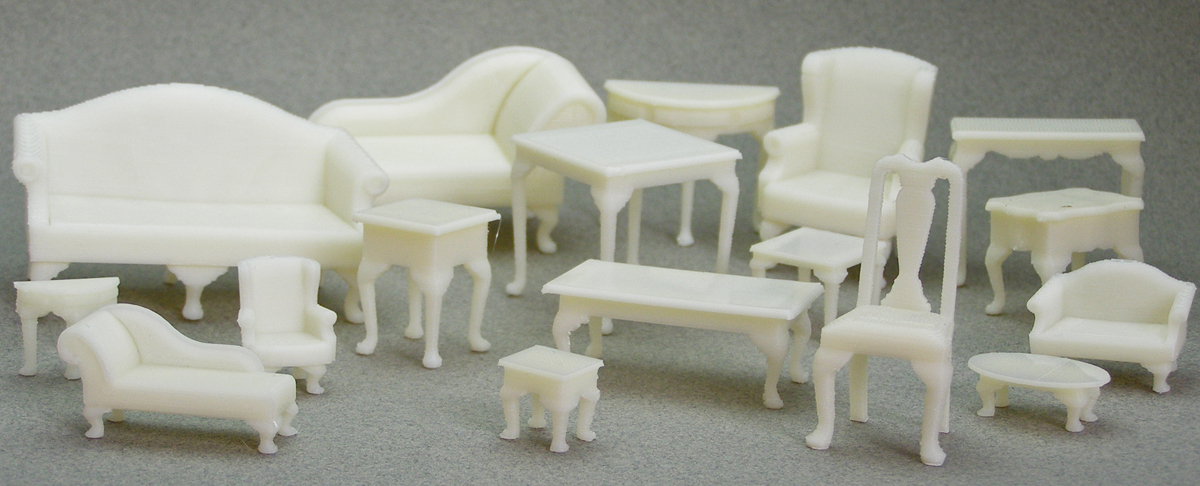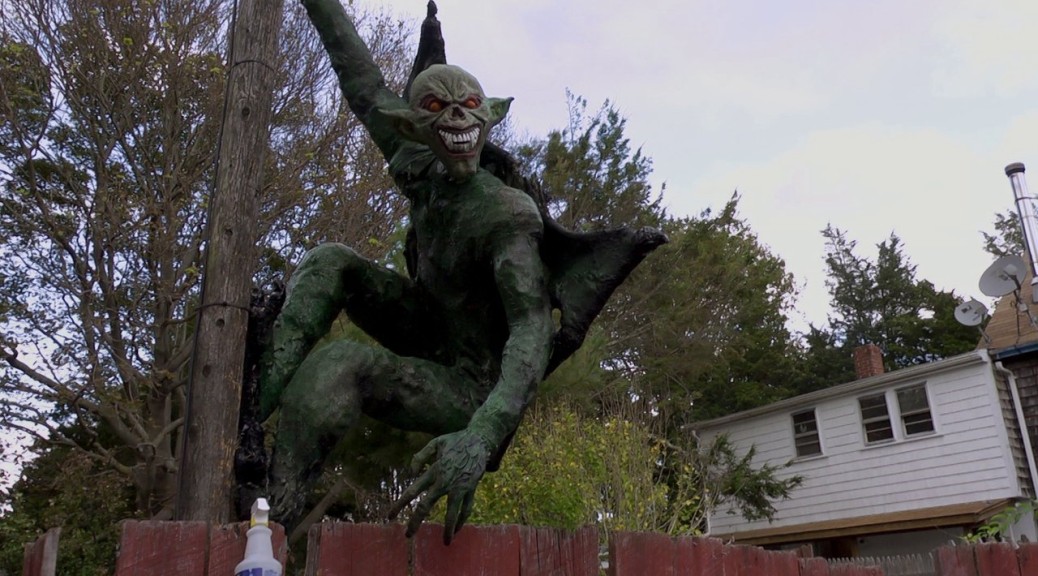My latest magazine article is out. In “Printing a Set“, I talked with several set designers who are using 3D printing technology as part of their process.

Here’s an interesting story. Some soldiers in Afghanistan were having trouble carrying and reloading ammo for the new guns they were issued. To improvise a solution, they were inspired by a prop which Jesse Ventura used in the film Predator, and set out to recreate it. It worked.
The title of this article says it all: Dexter’s Prop Master Tells How He Made the Show’s Most Gruesome Set Pieces. It is fairly gruesome, so I caution clicking through if you do not want to read about severed body parts and other macabre details.
Here is a local news article on Karl Luthin, the owner of KEL Equine Productions, an Illinois-based company which has provided historically-accurate equine props, horse wranglers and set dressing to the film industry for years. His latest work will be seen in the upcoming Lincoln film by Steven Spielberg. You have probably seen his props in films such as “Glory,” “The Patriot” or “The Last of the Mohicans“. Check out his webpage too, for photographs of many of the items he has.
You can find pictures of early variations of the game Monopoly (known as “Landlord’s Game”) as well as rules and other historical facts here. There are over a dozen variations spanning from 1903 to 1939.
Finally, I like this set of behind-the-scenes photographs from the original Alien film. It’s just a guy chilling in a monster costume, whatever.


